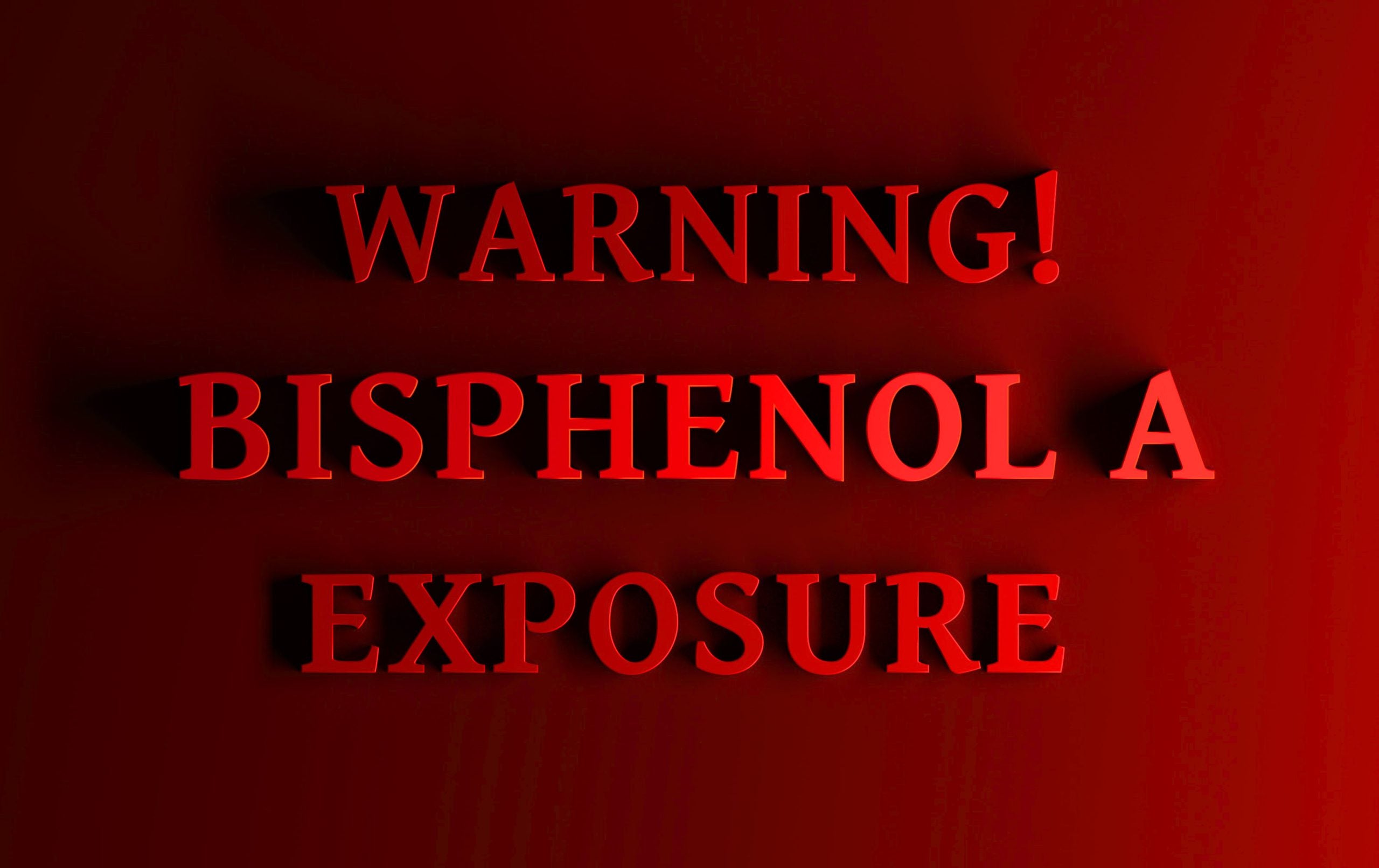By Maricel Maffini, PhD, Consultant, and Tom Neltner, Executive Director, Unleaded Kids
What’s Happening?
On February 9, 2024, the European Commission published a proposed regulation [PDF, 502KB] that would ban most uses of bisphenol A (BPA) in materials that contact food—including plastic and coatings applied to metal cans—and restrict other uses. Interested parties can comment on the draft until March 8, 2024. (You must register to comment.)
This proposed regulation is based on the 2023 European Food Safety Authority’s (EFSA) risk assessment of BPA that concluded that dietary exposures are a health concern. The proposed regulation would impact the following bisphenol-based food contact materials:
- Plastics: Would be banned from use if made from BPA at any stage of manufacturing.1 The only exception is polysulfone resins made from a sodium salt of BPA, which are allowed for use in filtration membranes if there is no detectable migration into food.
- Varnishes, coatings, printing inks, adhesives, ion-exchange resins, and rubbers: Use of BPA and bisphenol S (BPS)2 would be banned at any stage of manufacture. Use of BPS or other bisphenols may be authorized on a case-by-case basis. The exception to the ban is bisphenol-A diglycidyl ether (BADGE)3 made from BPA and used to make epoxy-based varnishes and coatings, which are allowed only in making materials with capacity of more than 250 liters and there is no detectable migration4 into food.
- Recycled materials: Unintentional BPA contamination would be allowed if there is no detectable migration into food.
Why It Matters
In its 2023 reassessment, EFSA estimated that the amount of BPA that could be safely consumed daily is 20,000 times less than its 2015 estimate. Among the health problems associated with BPA exposure are harm to the immune and reproductive systems, disruption of the normal function of hormones and reduced learning and memory.
The draft rule would manage the risk of BPA uses to significantly reduce dietary exposure after considering alternatives that are technically feasible at a commercial scale.
Our Take
The European Commission’s proposed rule is an excellent example of a risk management decision that considers safety and achievability. The Commission balanced protecting human health by eliminating as many sources of BPA as fast as possible with the implementation challenges. The Commission has included transition periods to eliminate all uses of food-contact articles manufactured with BPA ranging from 18 months for final food packaging (e.g., plastics, can coating) to 10 years for repeat-use, final food contact articles used in food production equipment.
In a previous blog, we stated that Americans’ exposure to BPA from food is similar to that of Europeans. Unfortunately, FDA doesn’t share the same sense of urgency as the European Commission. While Europe is on track to ban most uses of BPA in food contact materials, FDA is failing to take action to protect our families.
EDF and our allies submitted a food additive petition [PDF, 542KB] asking the agency to limit BPA exposure from food by revoking approvals for using BPA in adhesives and can coatings and to setting strict limits on using BPA in plastic that contacts food. FDA filed the petition on May 2, 2022, and has not made a final decision on it, despite a 180-day statutory deadline. It is now more than 600 days overdue.
Timeline
Once the rules are finalized, compliance would be required within 18 months for most products and within 36 months for:
- Varnishes and coatings for processed fruit, vegetable, and processed fish products.
- Varnishes and coatings used outside of metal packaging.
- Manufacture of repeat-use components in professional food production equipment.
The rule would also allow repeat-use, final food contact articles used in professional food production equipment to remain in service for up to 10 years.
What’s Next?
We will submit comments to the European Commission seeking clarity on some aspects of the proposal. In addition, we will continue to press FDA to make a final decision on our petition, including potentially taking legal action for unreasonable delay in responding to it.
Go Deeper
NOTES
1 The rule is inconsistent regarding status of plastics other than polysulfone. EDF will submit comments seeking clarity.
2 The Commission may expand to more bisphenols if they are added to Annex VI, Part 3 of Regulation (EC) No 1272/2008 due to their harmonized classification as category 1A or 1B “mutagenic,” “carcinogenic,” “toxic to reproduction” or category 1 “endocrine disrupting” for human health.
3 BADGE (CAS No 1675-54-3) – is a type of epoxy resin manufactured from BPA.
4 Rule defines the limit of detection as 0.01 milligram of bisphenol per kilogram of food.










